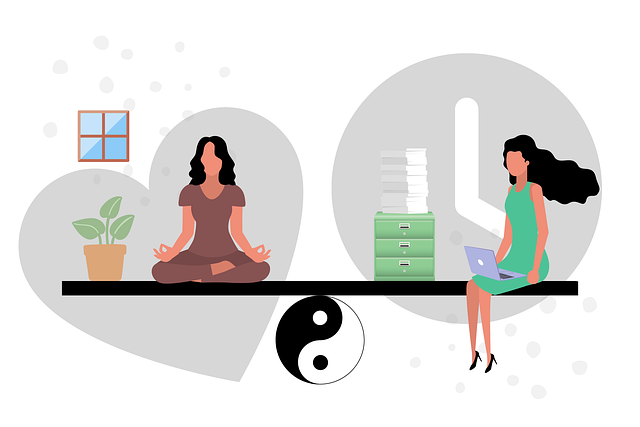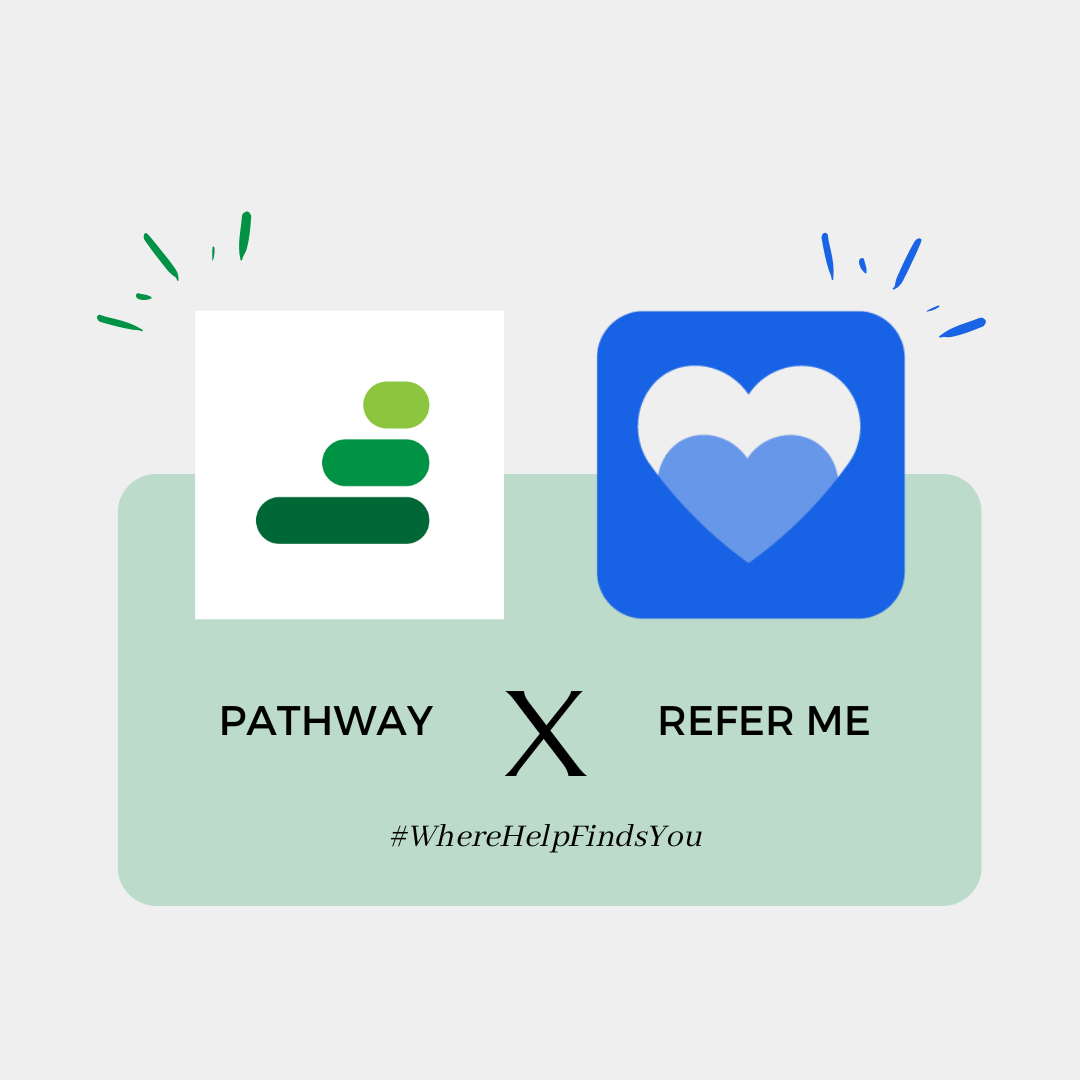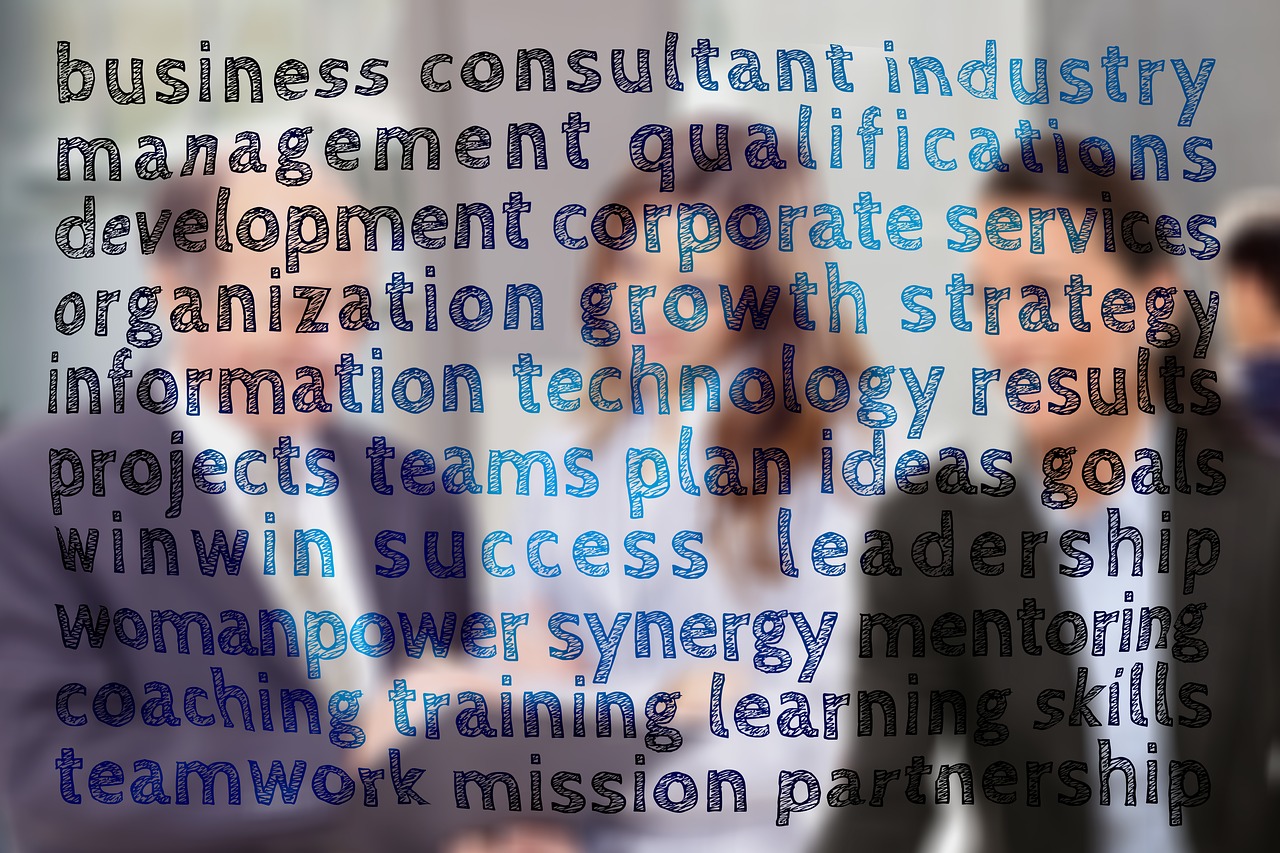As you embark on your journey to improve work-life balance, take a moment to reflect on the following question:

“What are the core values and priorities in my life, and how can I align my work and personal activities to honor them?”
In today’s fast-paced world, achieving a healthy work-life balance has become increasingly important. Juggling the demands of work, personal responsibilities, and self-care can often feel overwhelming. However, with the right strategies and mindset, it is possible to create a harmonious equilibrium between your professional and personal life. In this blog post, we will explore effective strategies that can help you master work-life balance and improve your overall well-being.
Prioritize and Delegate:
One key aspect of achieving work-life balance is learning to prioritize tasks effectively. Identify the most important and urgent tasks and focus your energy on completing them efficiently. Delegate responsibilities whenever possible to lighten your workload and create more time for personal activities. Delegating not only helps you manage your time better but also encourages collaboration and empowers your colleagues.
Establish Clear Boundaries:
Establishing boundaries between work and personal life is crucial for maintaining a healthy balance. Create a designated workspace that signals when you are in work mode, allowing you to switch off mentally when you leave that space. Set dedicated work hours and stick to them as much as possible. Avoid checking work-related emails or messages outside of these hours, as it can encroach upon your personal time. Communicate your availability and boundaries clearly to your colleagues or clients, ensuring they understand your limits and respect your personal time.
Practice Self-Care:
Self-care is an essential component of work-life balance. Engaging in activities that rejuvenate and nourish your mind and body is crucial for your overall well-being. Make self-care a priority by incorporating activities such as exercise, hobbies, spending quality time with loved ones, or pursuing personal interests into your routine. Dedicate time to relaxation, rest, and reflection. Taking care of your physical and mental well-being not only helps you recharge but also enhances your productivity and creativity.
Set Realistic Expectations:
One common challenge in achieving work-life balance is setting realistic expectations for yourself. Recognize that you cannot do everything and be everywhere at once. Set achievable goals and avoid overcommitting yourself. By managing expectations, you can reduce stress and create more space for personal time.
Practice Mindfulness and Work Intentionally:
Mindfulness can help you stay present and focused, enabling you to work more efficiently and effectively. Avoid multitasking, as it can lead to decreased productivity and increased stress. Instead, focus on one task at a time, giving it your full attention. This not only improves the quality of your work but also helps you maintain a better work-life balance by avoiding constant distractions and interruptions.
Seek Support and Collaboration:
Don’t hesitate to seek support and collaborate with your colleagues or team members. Building a supportive network can help distribute workload, provide backup during busy periods, and offer valuable insights and assistance. By working together, you can achieve better outcomes while also fostering a sense of camaraderie and support within the workplace.
Regularly Assess and Adjust:
Work-life balance is not a one-time achievement but an ongoing process. Regularly assess your current balance and make necessary adjustments. Reflect on what is working well and what needs improvement. Be open to adapt and refine your strategies as your circumstances change. Priorities may shift, and new challenges may arise, so it’s important to remain flexible and responsive to maintain balance in the long run.
Action Steps for Improving Work-Life Balance:
- Audit Your Schedule
- Communicate boundaries
- Plan Personal Activities
- Practice Time Blocking
- Automate and Delegate
- Disconnect from Technology
- Regularly Evaluate and Adjust
- Foster Supportive Relationships
Achieving work-life balance is a personal journey, and what works for one person may not work for another. It’s important to experiment with different strategies and find what resonates with you and aligns with your values and priorities. By implementing the strategies mentioned above and maintaining a proactive mindset, you can create a healthier and more harmonious work-life balance that allows you to thrive both personally and professionally. Remember to prioritize self-care, set boundaries, and regularly reassess your balance to ensure a sustainable and fulfilling work-life integration.





